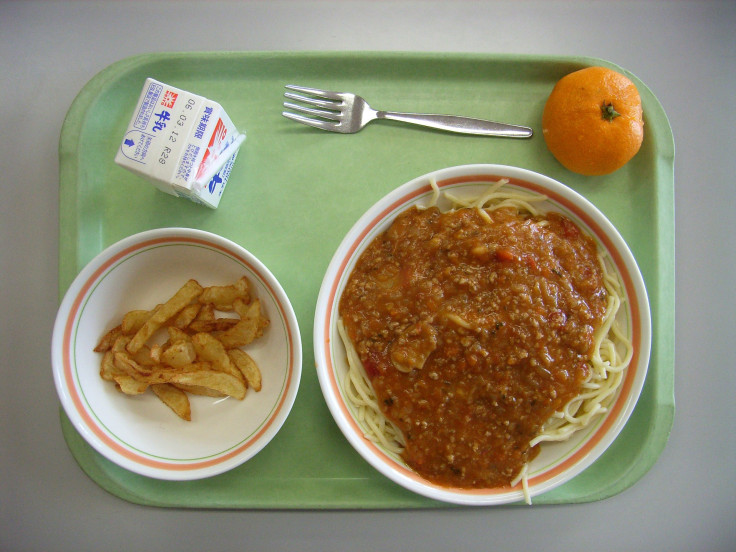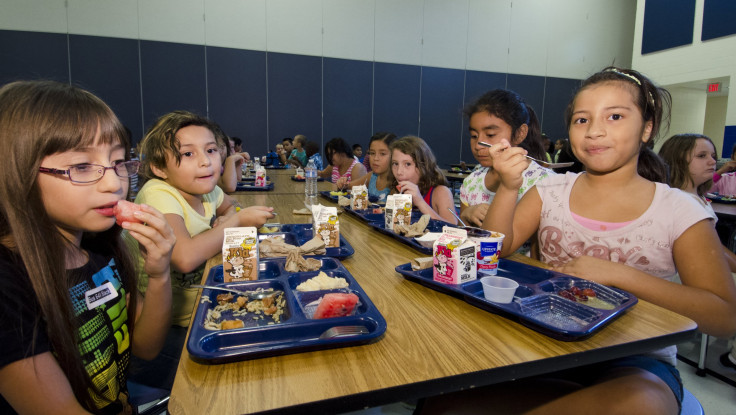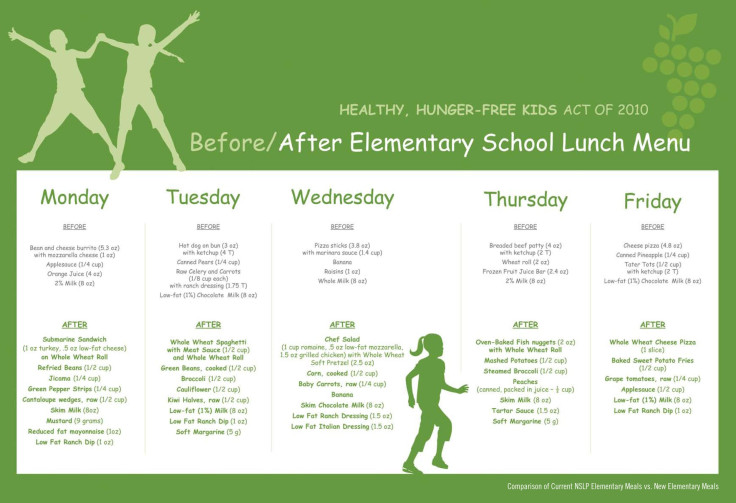School Bans Homemade Lunches, Angering Parents Critical Of Federal Nutritional Standards

A ban on homemade lunches for preschool children at one elementary school in Richmond, Va., has infuriated parents critical of government nutritional standards.
An unidentified administrator at one of the city’s 25 elementary schools sent a letter home advising parents that they must obtain a doctor’s note to send their 4-year-olds to school with a homemade lunch, as per guidance from a federal educational program.
“I have received word from Federal Programs Preschool pertaining to lunches from home,” the administrator writes. “Parents are to be informed that students can only bring lunches from home if there is a medical condition requiring a specific diet, along with a physicians [sic] note to that regard.”

The administrator cited guidance from the federal program begun by President Barack Obama, which conjoins state-level programs such as the longstanding Virginia Preschool Initiative, to ensure universal preschool education for American children. However, the administrator’s apparent decision does not necessarily reflect federal or state policy, given the power of individual administrators to make such decisions.
In April 2011, a Chicago administrator drew media approbation for a long-standing policy banning homemade lunches unless excused with a doctor’s note. Elsa Carmona, principal of Little Village Academy on the city’s west side, told The Chicago Tribune her policy protected students from unhealthful dietary choices.
"Nutrition wise, it is better for the children to eat at the school," Carmona said. "It's about the nutrition and the excellent quality food that they are able to serve [in the lunchroom]. It's milk versus a Coke. But with allergies and any medical issue, of course, we would make an exception."
Carmona said she initiated the policy in 2005 after observing students bringing “bottles of soda and bags of flaming hot chips” for lunches on field trips. Although the principal said other schools do the same, a Chicago Public Schools spokeswoman said the city had no statistics on how many schools ban homemade lunches, as such decisions are left to individual administrators.
Critics of such policies decry federal and local nutritional standards, asserting that school lunch programs exist to enrich the pockets of corporations peddling unhealthy wares. Daisy Luther, a freelance writer in Virginia styling herself as the “Organic Prepper,” blasted the administrative decision.
“Kids are a target. The school system is trying to change the rules to force us to feed our children these food-like substances and to disallow us the right to nourish them as we see fit. By controlling the food that our kids eat, they are controlling their entire lives, right down to their ability to think critically, their future fertility, and their overall life spans.”
Similarly, J. Justin Wilson, a senior researcher at the Center for Consumer Freedom, a think tank based in Washington, D.C., told the Tribune such bans represent a “fundamental infringement” on parental responsibility.
"Would the school balk if the parent wanted to prepare a healthier meal?" Wilson said. "This is the perfect illustration of how the government's one-size-fits-all mandate on nutrition fails time and time again. Some parents may want to pack a gluten-free meal for a child, and others may have no problem with a child enjoying soda."

Every day, 32 million American children eat school lunches and breakfasts at schools partticipating in the National School Lunch Program, consuming some 4 billion meals per year, according to the U.S. Department of Agriculture. Of those school lunches, some 21 million children qualify for free or reduced-price meals, at a cost of $13.3 billion per year.
Earlier this year, the federal government released updated nutritional standards for those school lunches, requiring more fruits and vegetables, whole grain-rich foods, and reduced or fat-free milk. They also mandated reductions in salt, saturated fat, and trans fats, in addition to regulating “proper portion” size based on age. Those standards are based on the 2010 “Dietary Guidelines for Americans,” developed by the U.S. Departments of Agriculture and Health and Human Services, which has established a committee working on the 2015 version.
In a statement updated in late September, U.S. Secretary of Agriculture Tom Vilsack said “improving the quality of the school meals is a critical step in building a healthy future for our kids.”
Yet, some parents simply disagree with basic conclusions made by the federal government, including the health of genetically modified foods as well as fruits and vegetables grown with pesticides, and dairy and meat raised with the use of hormones. Such strictures would preclude, for example, meals including pizza, cheeseburgers, white bread, tater tots, and most fruits and vegetables offered on the side--foods reportedly served to children at public schools in Richmond.
Published by Medicaldaily.com



























